The Small Red Chili Pepper: A Fiery Guide for Spicy Lovers
Table of Contents
Introduction to the Small Red Chili Pepper
The small red chili pepper, also known as the 'bird's eye chili' or 'thai chili,' is a staple in many cuisines around the world. Despite its tiny size, this pepper delivers a powerful punch that can elevate any dish from ordinary to extraordinary. Whether you're a seasoned chef or just starting out in the kitchen, understanding the small red chili pepper is essential for anyone who loves spicy food.
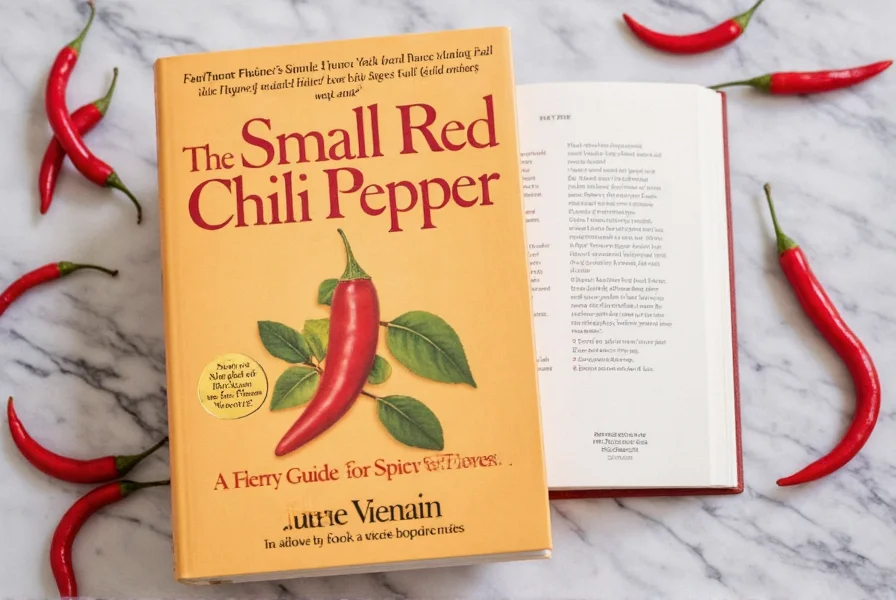
This pepper is not only popular for its heat but also for its vibrant color and distinct flavor. It's used in everything from salsas and sauces to curries and stir-fries. Its versatility makes it a must-have in any spice cabinet.
Flavor Profile and Heat Level
The small red chili pepper has a unique flavor profile that combines heat with a slightly sweet and tangy undertone. Unlike some other chilies that are purely fiery, the small red chili adds depth and complexity to dishes without overwhelming the palate.
In terms of heat, the small red chili ranks high on the Scoville scale. While it’s not the hottest chili in the world, it’s still significantly spicier than bell peppers or jalapeños. The heat is often described as sharp and fast-acting, making it ideal for those who enjoy a quick kick of spice.
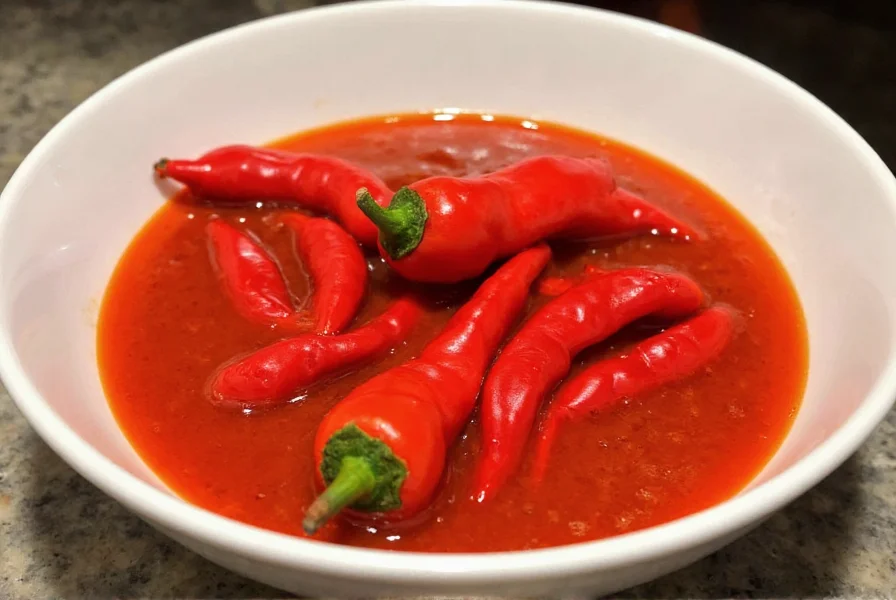
Here’s a comparison of the heat levels of common chili peppers:
| Chili Pepper | Heat Level (Scoville Units) |
|---|---|
| Bell Pepper | 0 |
| Jalapeño | 2,500 - 8,000 |
| Cayenne Pepper | 30,000 - 50,000 |
| Small Red Chili Pepper | 50,000 - 100,000 |
| Habanero | 100,000 - 350,000 |
If you're new to spicy food, start with a small amount of small red chili pepper and gradually increase your tolerance. Remember, the heat can vary depending on the variety and how it's prepared.
Cooking Uses and Tips
The small red chili pepper is incredibly versatile in the kitchen. Here are some of the most common ways to use it:
- Sauces and Salsas: Add chopped small red chili peppers to salsas, hot sauces, or marinades for an extra kick.
- Curries and Stews: Use whole or crushed peppers in Indian, Thai, or Mexican curries for a spicy depth of flavor.
- Stir-Fries: Toss sliced peppers into stir-fries for a burst of heat and color.
- Spiced Oils: Infuse oil with small red chili peppers for a spicy base for cooking or drizzling over dishes.
- Hot Chocolate or Drinks: Some cultures even add a small piece of chili to hot chocolate or coffee for a unique twist.

When using small red chili peppers, keep in mind that the seeds and membranes contain the most heat. If you want to reduce the spiciness, remove them before chopping or cooking. However, if you're looking for maximum heat, leave them in!
Another tip is to toast the peppers lightly before using them. This enhances their flavor and gives the dish a smoky depth. Simply place them on a dry skillet over medium heat until they begin to blister.
Buying Guide: How to Choose the Best Small Red Chili Peppers
Choosing the right small red chili peppers can make a big difference in your cooking. Here’s what to look for when shopping:
- Color: Look for bright red, firm peppers without any signs of mold or soft spots.
- Size: While they’re called 'small,' the size can vary. Choose peppers that are plump and not shriveled.
- Smell: Fresh small red chili peppers should have a strong, pungent aroma. Avoid any that smell musty or off.
- Texture: They should feel firm to the touch, not mushy or dry.
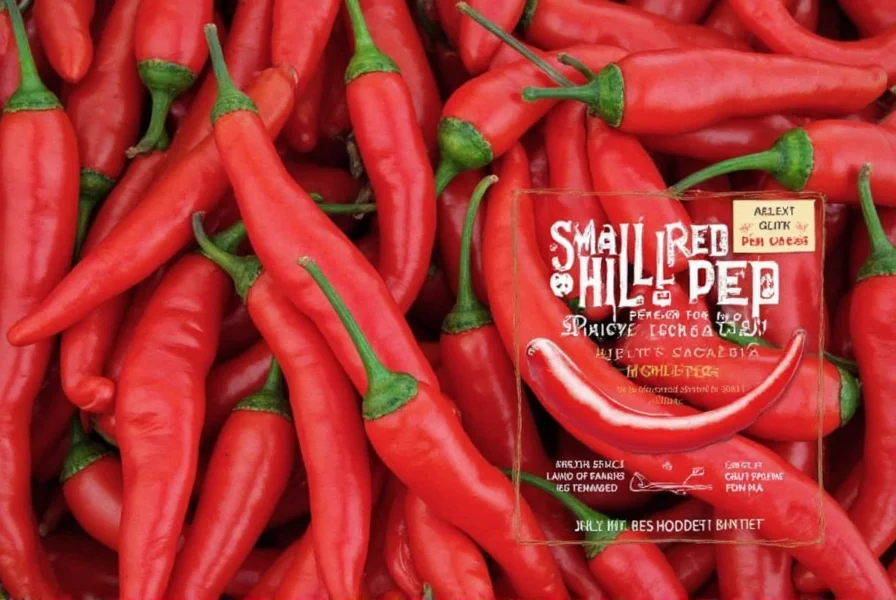
If you're buying dried small red chili peppers, check for uniformity in size and color. Dried peppers should be brittle and not sticky or clumped together.
Some popular varieties include:
- Thai Bird’s Eye Chili: Known for its intense heat and small size, commonly used in Thai cuisine.
- Malabar Red Chili: Popular in Indian cooking, with a balanced heat and flavor.
- Manzano Chili: A milder option, often used in Mexican dishes like salsa.
Each variety has its own unique characteristics, so experiment to find the one that suits your taste best.
Culinary Hacks for Spicy Enthusiasts
For those who love to cook with small red chili peppers, here are some clever hacks to enhance your culinary experience:
- Make Your Own Hot Sauce: Combine small red chili peppers with vinegar, garlic, and salt for a homemade hot sauce that’s perfect for dipping or adding to meals.
- Freeze for Later: Chop and freeze small red chili peppers in an airtight container for easy use in future recipes.
- Use in Marinades: Mix chopped chili peppers with olive oil, citrus juice, and herbs for a spicy marinade for meats or vegetables.
- Pair with Creamy Ingredients: Balance the heat by pairing chili peppers with dairy products like yogurt, sour cream, or cheese.
- Toast Before Using: As mentioned earlier, toasting enhances flavor and adds a smoky note to your dishes.
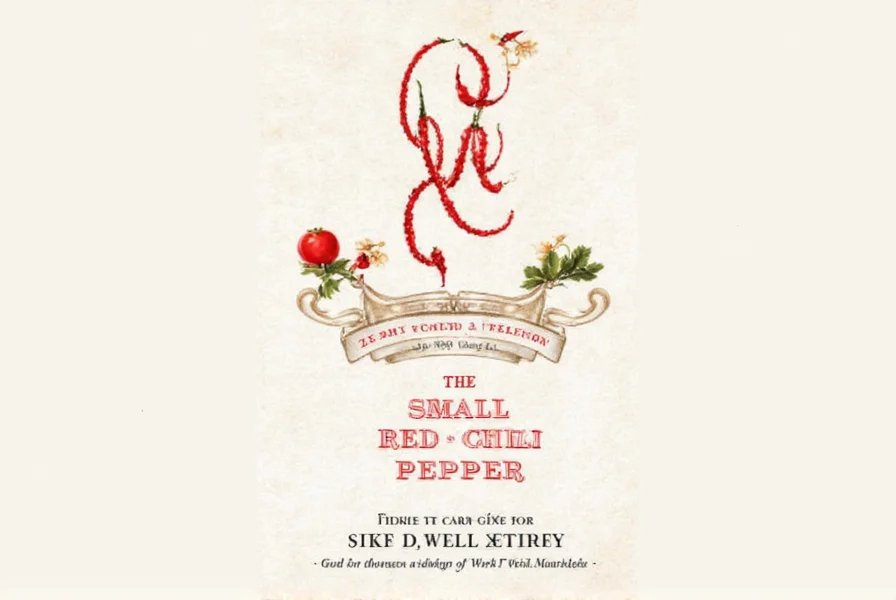
Remember, when working with chili peppers, always wash your hands thoroughly after handling them. Capsaicin, the compound responsible for the heat, can cause irritation if it comes into contact with your eyes or skin.
Conclusion
The small red chili pepper is more than just a source of heat—it’s a flavor enhancer that can transform your dishes into something truly special. Whether you're using it in a bold curry, a zesty salsa, or a spicy sauce, this tiny pepper packs a big punch.
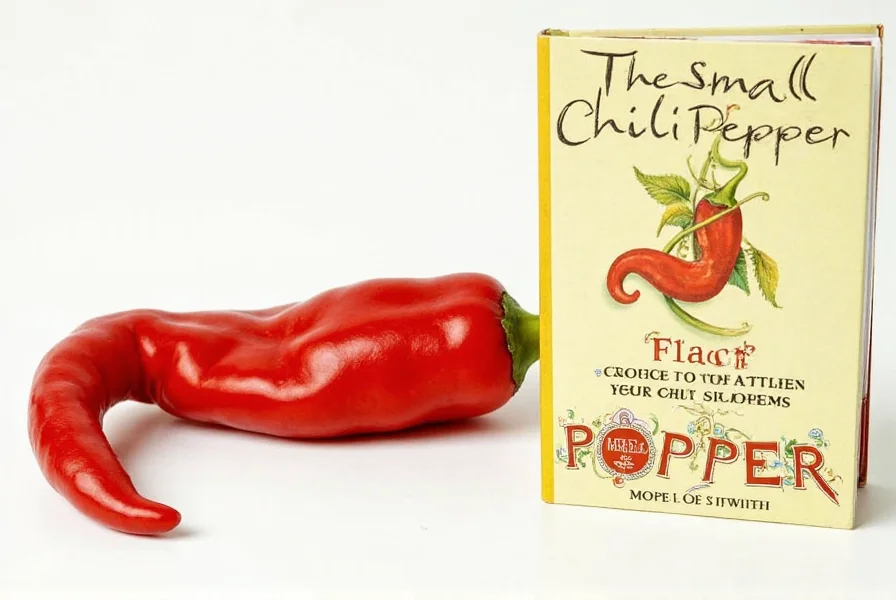
By understanding its flavor profile, learning how to use it in different recipes, and knowing how to choose the best ones, you can take your cooking to the next level. So, don’t be afraid to embrace the heat—let the small red chili pepper become your secret ingredient for spicy success.
Whether you're a professional chef or a home cook, the small red chili pepper is a must-have in your spice collection. Its versatility, heat, and flavor make it one of the most beloved ingredients in global cuisine.

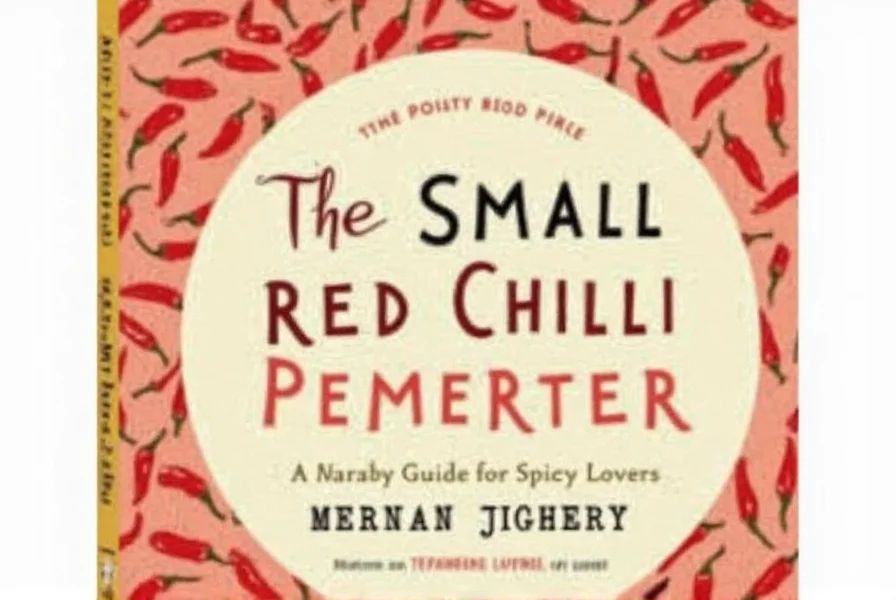









 浙公网安备
33010002000092号
浙公网安备
33010002000092号 浙B2-20120091-4
浙B2-20120091-4